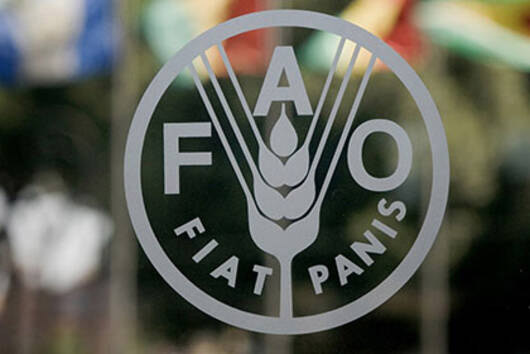In addition, the text includes a summary of data related to food, nutrition and agriculture, according to a statement from the specialized UN agency based in this capital.
Economic aspects of agriculture, forestry and fishing; production, trade and price trends; food security and nutrition; and environmental sustainability are the four topic areas of the new edition.
Each chapter includes texts and graphics on trends in food, nutrition and agriculture, since early 2000’s, FAO detailed.
It is highlighted that agriculture is an important sector for the world economy and specified that the global added value generated, forestry and fishing increased by 73 percent in real terms between 2000 and 2019 and reached 3.5 billion dollars in that last year.
In addition to this, agriculture provided employment to 874 million people in 2020, the equivalent to 27 percent of the world’s workforce.
The yearbook, FAO noted, is a key reference material for policy makers, researchers and analysts, as well as for non-experts interested in “past, present and future patterns of food and agriculture”.
Referring to the value of the document, José Rosero Moncayo, Director of FAO Statistics Division, noted that “accurate, timely and quality data and statistics are the cornerstone of sound policy formulation”.
The Statistical Yearbook was renewed in 2020, on the occasion of the 75th anniversary of FAO, due to the importance this international organization attaches to data and statistics as a global public asset and because of its role in favor of sustainable development.
pgh/lcr









